Optimal Timing for Exterior Steps Repairs
Exterior steps are a vital part of building entryways, providing safety and accessibility. Timely repairs help prevent accidents and extend the lifespan of the structure. Understanding the optimal timing for repairs can minimize disruptions and ensure the durability of the steps.
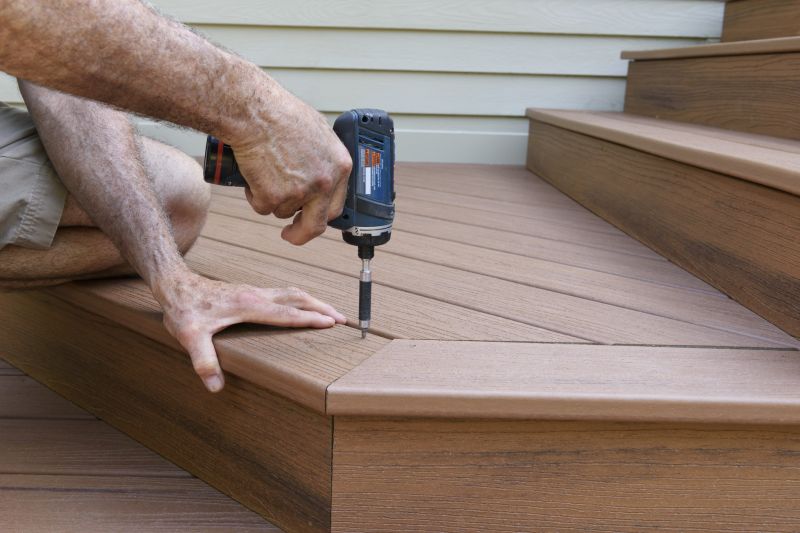
Spring offers moderate temperatures ideal for repairs, allowing materials to set properly without extreme cold or heat.
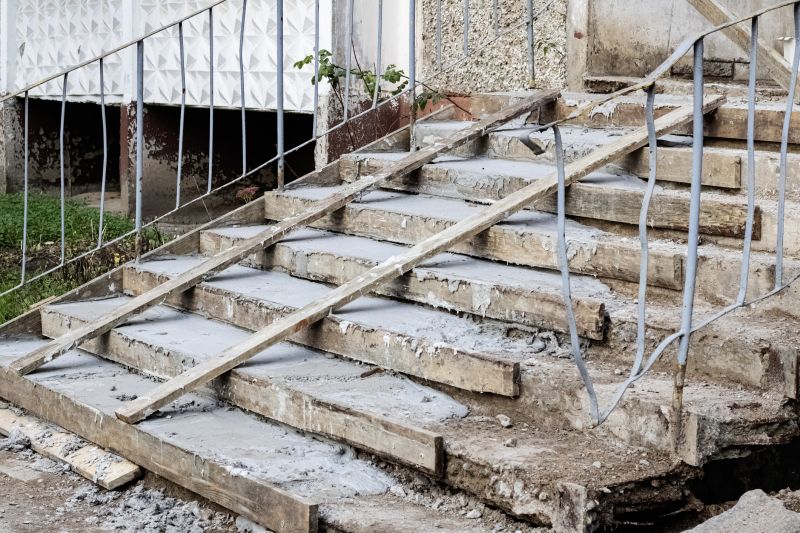
Summer provides dry weather, reducing the risk of moisture-related issues during repair work.
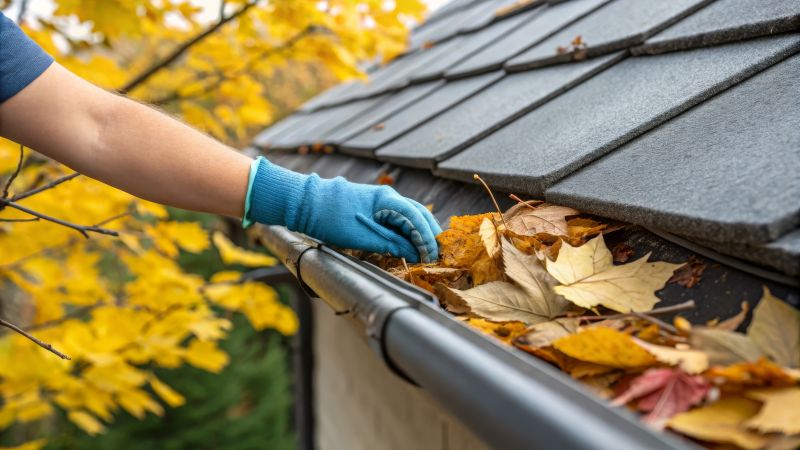
Fall's cooler temperatures and lower humidity levels make it suitable for completing repairs before winter.
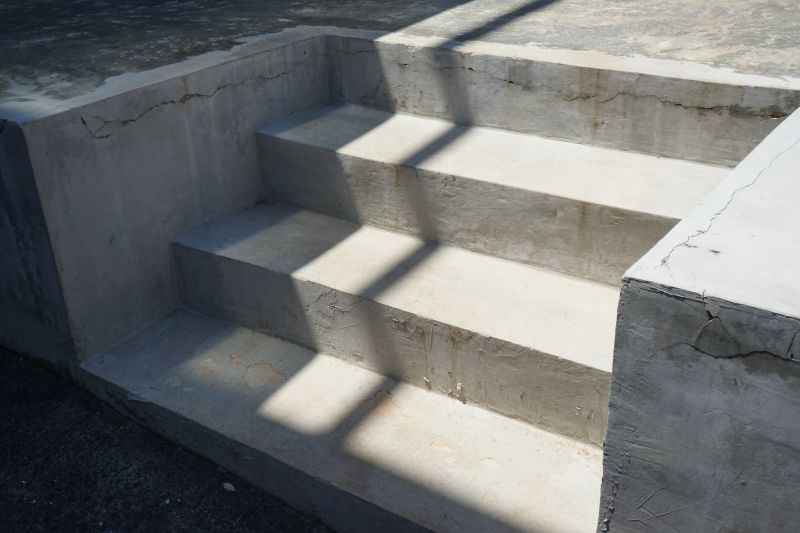
Ways to make Exterior Steps Repairs work in tight or awkward layouts.

Popular materials for Exterior Steps Repairs and why they hold up over time.
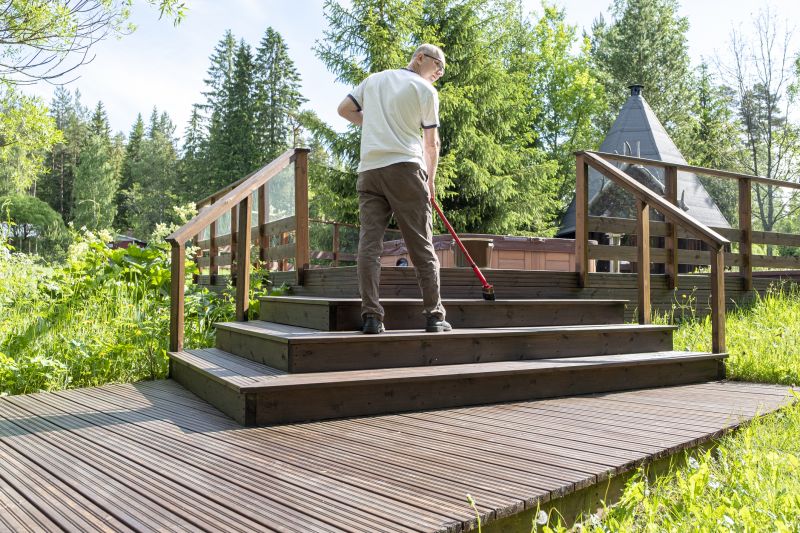
Simple add-ons that improve Exterior Steps Repairs without blowing the budget.
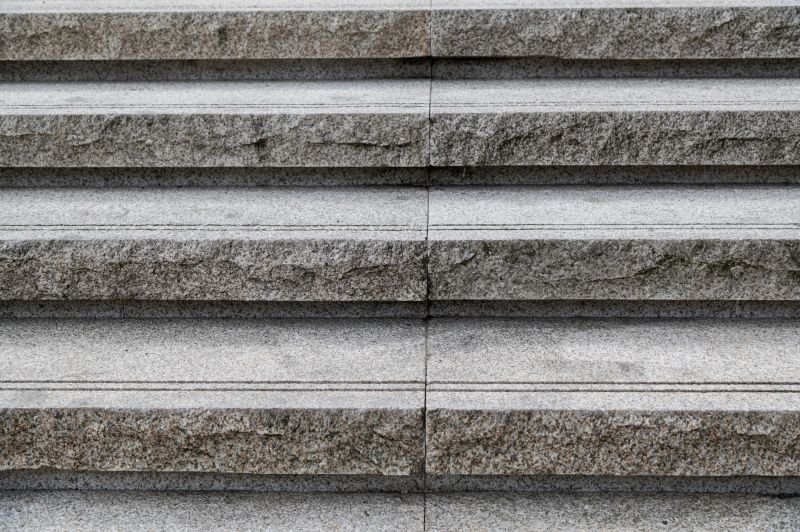
High-end options that actually feel worth it for Exterior Steps Repairs.
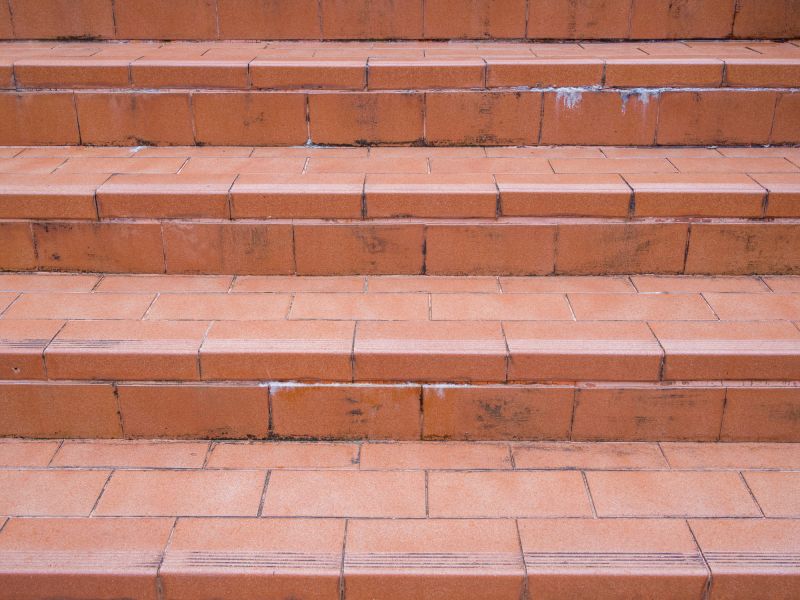
Finishes and colors that play nicely with Exterior Steps Repairs.
Choosing the right season for exterior steps repairs depends on climate conditions, material requirements, and the scope of work. Repairing during the appropriate season can enhance the longevity of the work and reduce the need for future repairs. Weather considerations such as temperature fluctuations, humidity, and precipitation are critical factors influencing the timing of repairs.
Check local weather forecasts to ensure dry, moderate days are available for repair work.
Allow sufficient time for materials like concrete or mortar to cure, which is influenced by temperature and humidity.
Opt for spring or fall to avoid peak seasons that may cause delays or higher costs.
Extreme cold can hinder material setting and increase the risk of cracking or other damage.
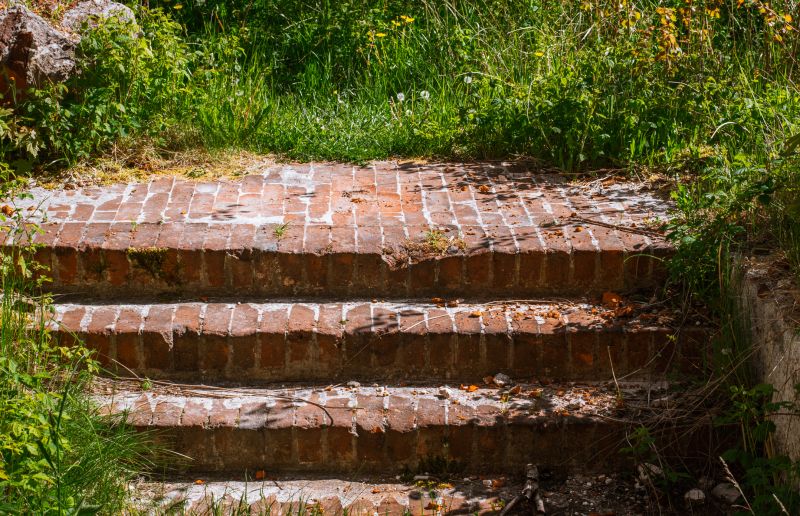
Spring is ideal for exterior steps repairs due to moderate weather.
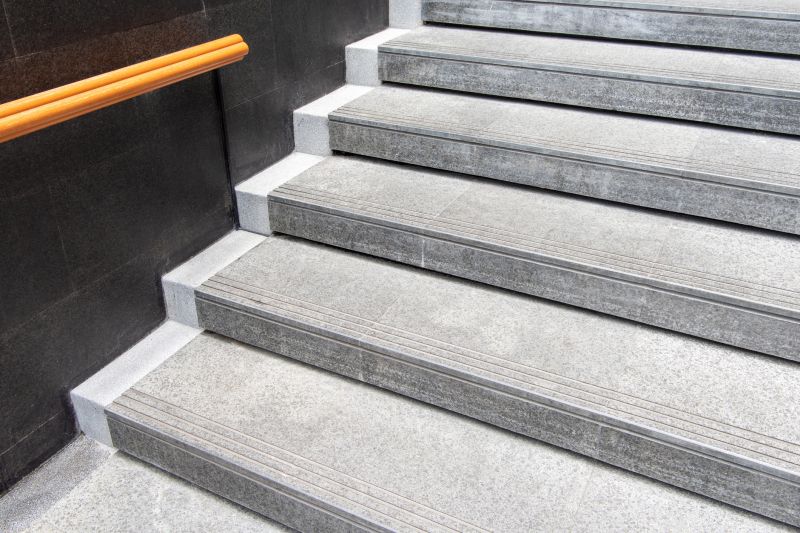
Dry summer days facilitate efficient repair processes.

Fall offers cooler temperatures perfect for completing repairs before winter.
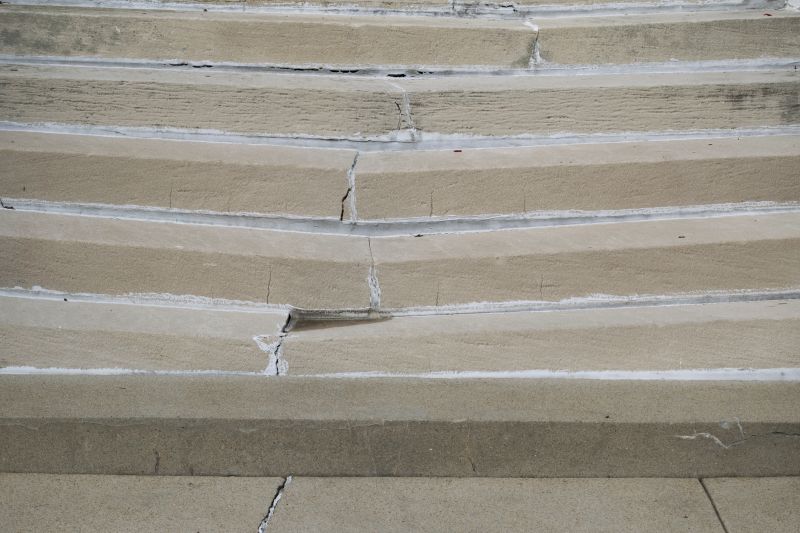
Winter conditions can cause delays and compromise repair quality.
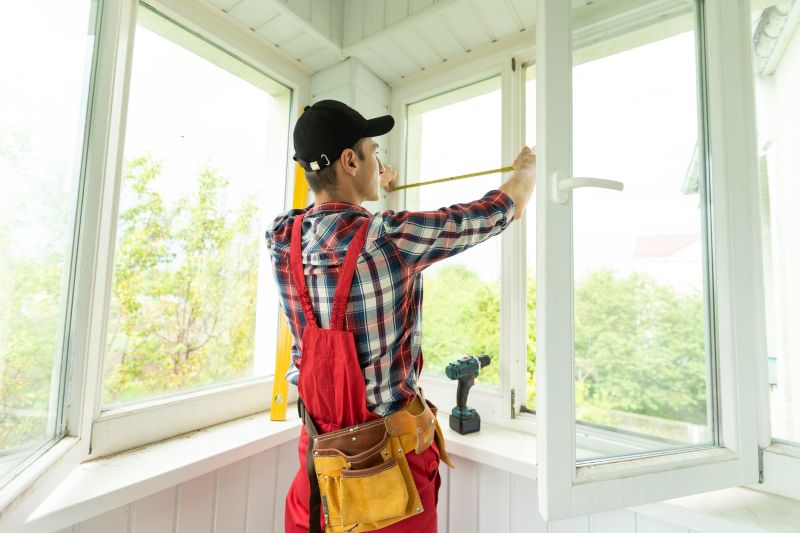
Little measurements that prevent headaches on Exterior Steps Repairs day.

A 60-second routine that keeps Exterior Steps Repairs looking new.
| Season | Advantages |
|---|---|
| Spring | Moderate temperatures, good for curing materials, less rain |
| Summer | Dry weather, ideal for concrete work, longer daylight hours |
| Fall | Cooler temperatures, less humidity, prepares for winter |
| Winter | High risk of delays, freezing temperatures hinder work |
Exterior steps repairs are most effective when scheduled during seasons with favorable weather conditions. Proper planning ensures that materials set correctly and that repairs resist weather-related damage. Delays caused by unsuitable weather can lead to increased costs and compromised structural integrity.
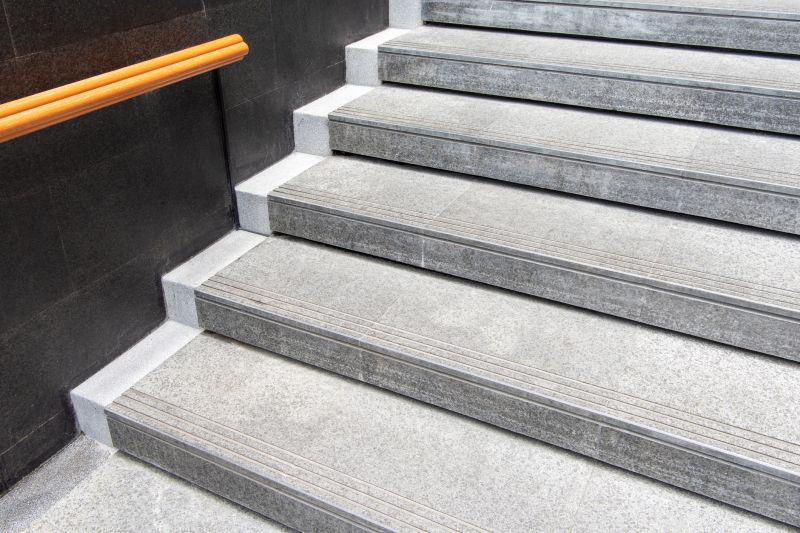
Repair projects underway during spring benefit from moderate temperatures.

Summer repairs take advantage of dry conditions and longer days.

Fall is suitable for completing repairs before winter sets in.

Winter conditions can cause delays and affect repair quality.

A frequent mistake in Exterior Steps Repairs and how to dodge it.

Small tweaks to make Exterior Steps Repairs safer and easier to use.

Lower-waste or water-saving choices for Exterior Steps Repairs.
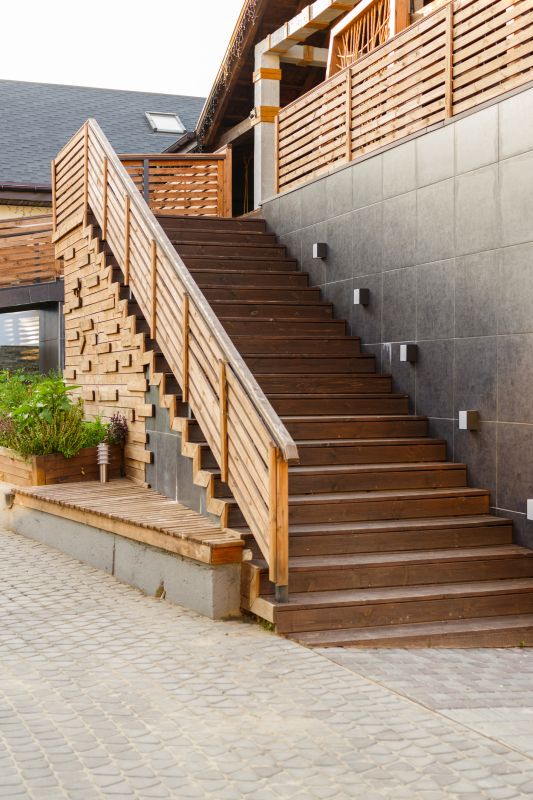
The short, realistic tool list for quality Exterior Steps Repairs.
Timely exterior steps repairs contribute to safety and structural integrity. Planning repairs during optimal seasons reduces risks associated with weather and ensures long-lasting results. Regular maintenance and seasonal scheduling are key to preserving outdoor steps.
Interested in scheduling exterior steps repairs? Filling out the contact form provides an opportunity to discuss project details and timing options tailored to specific needs.
